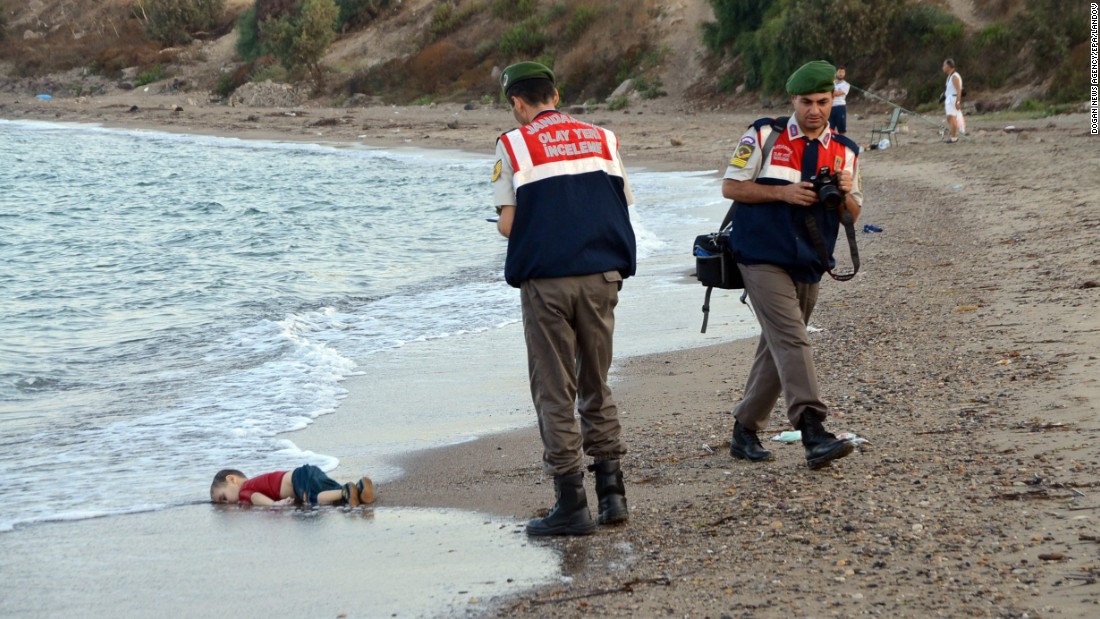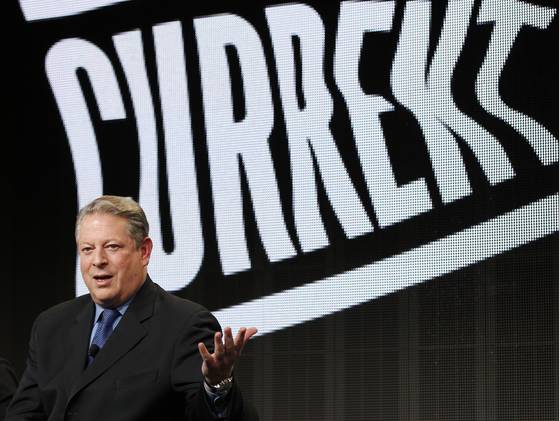 Last week’s Monday Night football game on ESPN was an excellent opportunity for Disney (parent company of ESPN) to promote its latest Star Wars movie. In case you didn’t know, Disney bought Lucas Films (creator of the Star Wars franchise) in 2012 for $4B. That acquisition was what happens, “when you wish upon a death star” according to one report.
Last week’s Monday Night football game on ESPN was an excellent opportunity for Disney (parent company of ESPN) to promote its latest Star Wars movie. In case you didn’t know, Disney bought Lucas Films (creator of the Star Wars franchise) in 2012 for $4B. That acquisition was what happens, “when you wish upon a death star” according to one report.
Advertising is when one company pays another to promote its products. But if the company that wants to advertise is a media company, and it wants to promote its own products by using its own media space to do so, we call that promotions. TV networks promote specific programs to targeted demographics watching other programs. Radio stations promote themselves with their own airtime trying to build brand identity and loyalty. Even newspapers and magazines promote upcoming features or issues.
Disney using ESPN’s broadcast of NFL football to promote its upcoming film release is a no-brainer. NFL football is hugely popular…and a perfect audience for the new blockbuster. But this promotion actually worked both ways. The ESPN telecast actually saw a ratings spike as people tuned in to see the world-premiere of the latest trailer. That’s right, people tuned into the program to see the commercial! Now that’s marketing mojo. Theater servers crashed as fans rushed to pre-buy tickets for the latest installment. According to Josh Rottenberg of Tribune News, in the first hour after the half-time trailer, 1.3 million people interacted with it on Facebook and the Twitterverse lit up with some 17,000 tweets per minutes. AMC Theatres sold out more than 1,000 shows nationwide in less than 12 hours. Now THAT’s a force to be reckoned with!
You can see the buzz-generating promo on YouTube at https://youtu.be/sGbxmsDFVnE




 In what is reported to be a $500 million deal, Current TV is being sold to Al Jazeera Media Network. With headquarter located in Qatar, Al Jazeera is a global news network with an Arab point-of-view and funding from the government of Qatar. Since its debut in the mid 1990s, the network has been controversial and that controversy only increased after 9/11 and the wars in Afghanistan and Iraq. Frequently giving a voice to “terrorist” organizations (as defined by the US government), Al Jazeera continued to expand and launched an English-language channel in 2006.
In what is reported to be a $500 million deal, Current TV is being sold to Al Jazeera Media Network. With headquarter located in Qatar, Al Jazeera is a global news network with an Arab point-of-view and funding from the government of Qatar. Since its debut in the mid 1990s, the network has been controversial and that controversy only increased after 9/11 and the wars in Afghanistan and Iraq. Frequently giving a voice to “terrorist” organizations (as defined by the US government), Al Jazeera continued to expand and launched an English-language channel in 2006.